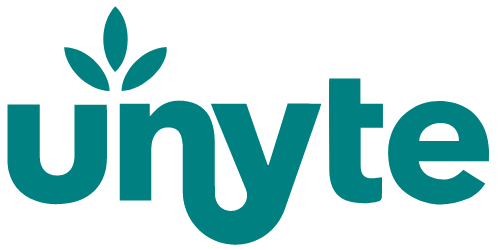Adjunctive EMDR Treatment
EMDR Therapy is a potent supplement for traditional talk therapy. When trauma or simple phobias are interfering with traditional therapy, adjunctive EMDR may be useful.
When painful feelings about a single incident continue to intrude or interfere with otherwise healthy functioning, a short trial of EMDR may resolve the impasse. Adjunctive EMDR involves brief, focused EMDR therapy, provided by the EMDR therapist to clients in collaboration with the referring therapist.
Why should I/we consider Adjunctive EMDR Therapy?
Adjunctive therapy does not replace or interrupt ongoing therapy. It is complementary to the primary therapy relationship. By narrowly targeting specific traumatic memories or isolated phobias, adjunctive EMDR can
accelerate progress in traditional therapy
help the client and the primary therapist to clarify stuck points
enrich the ongoing work
How many sessions is expected?
Adjunctive EMDR treatment work is usually structured as 3 to 12 sessions, interwoven into the treatment with the primary therapist by alternating sessions. Active collaboration and feedback is regularly provided to the primary therapist.
Who can benefit?
Adjunctive EMDR treatment is ideal for essentially well functioning individuals who have been unable to resolve a single incident trauma or simple phobia, and who have a good working relationship with their primary therapist. It is not designed for individuals whose primary diagnosis is PTSD or a Dissociative Disorder. While EMDR may be highly effective with those individuals, it may not be amenable to this model of brief adjunctive treatment.
Criteria for referral
Commitment to ongoing individual treatment with a therapist
Primary therapist is interested in collaboration with EMDR consultant
Ability to identify a clear target or stuck point
No active substance abuse, self injury, or safety risks, including unstable living situations
Created by Suzanne S. Borstein, Ph.D.




